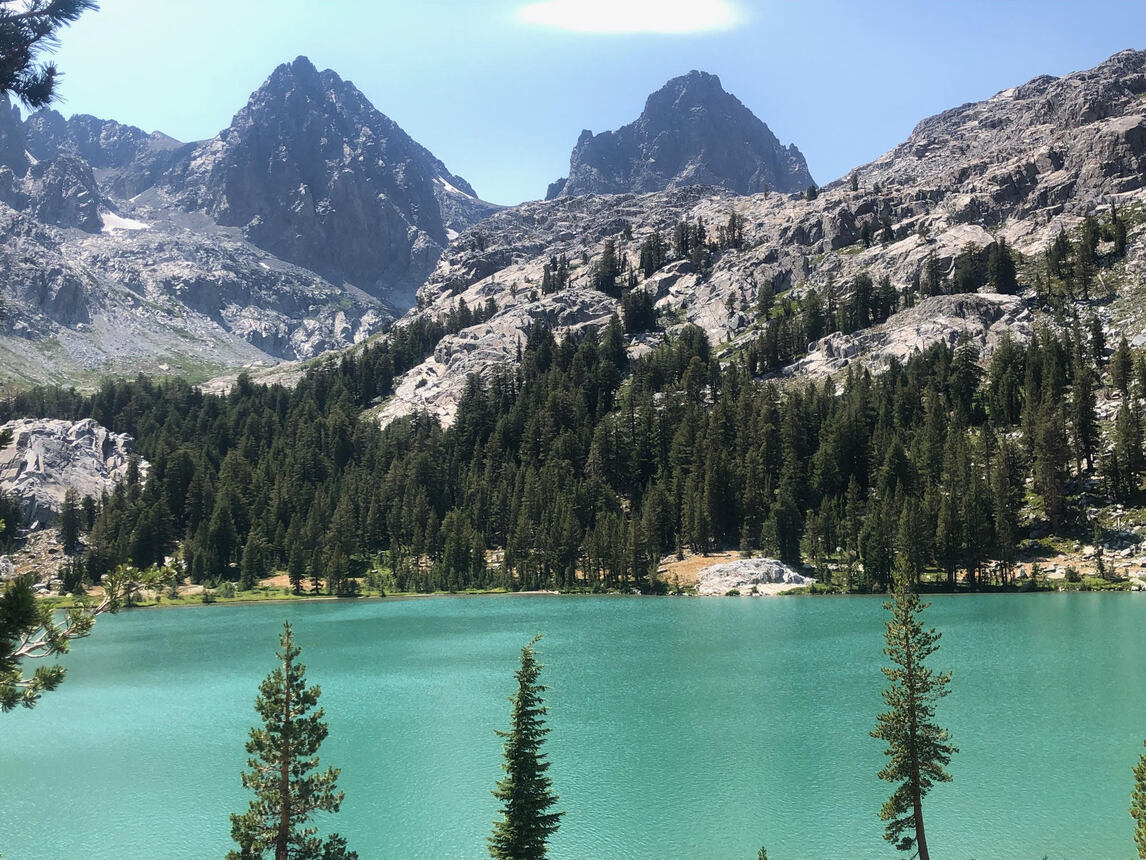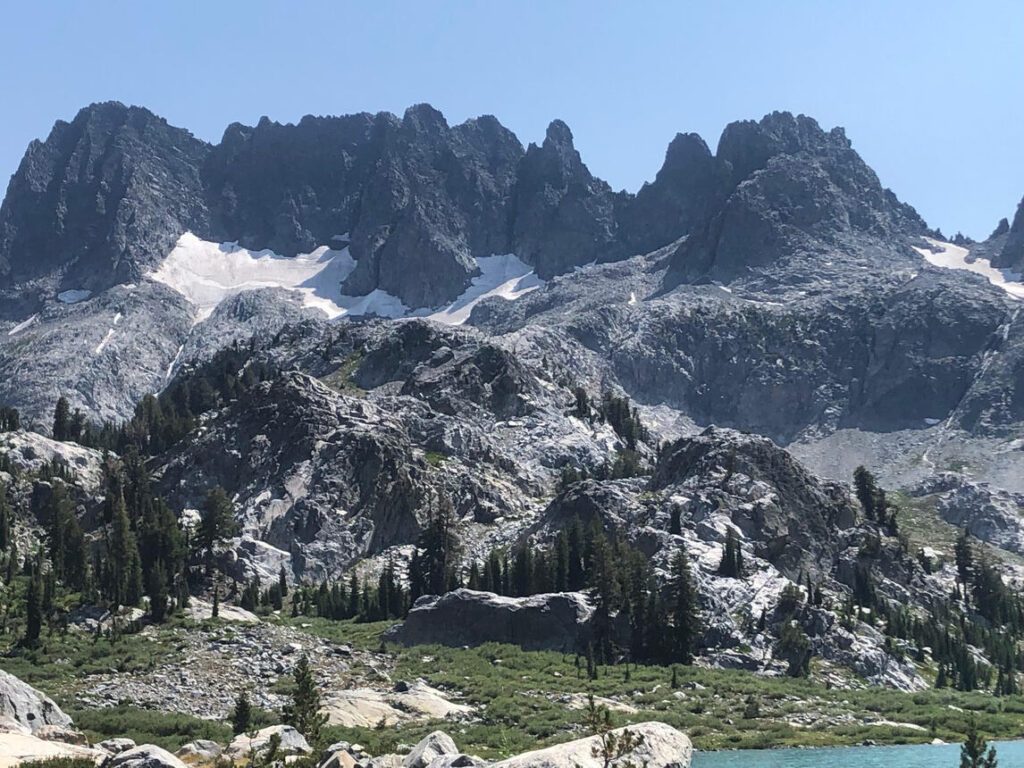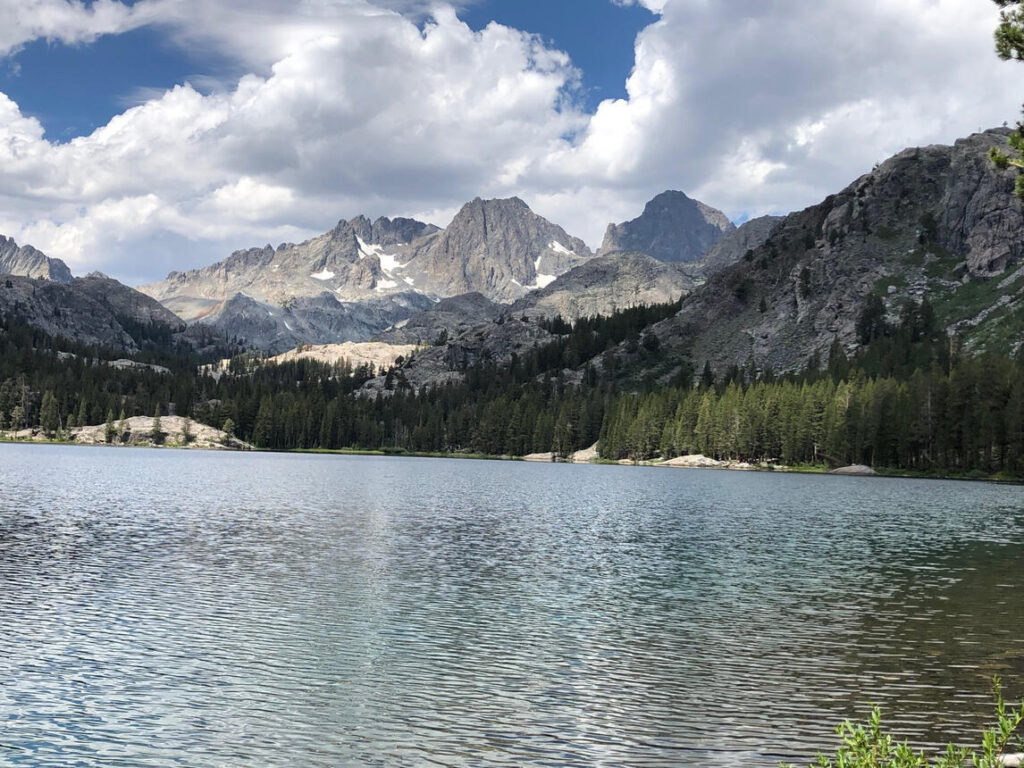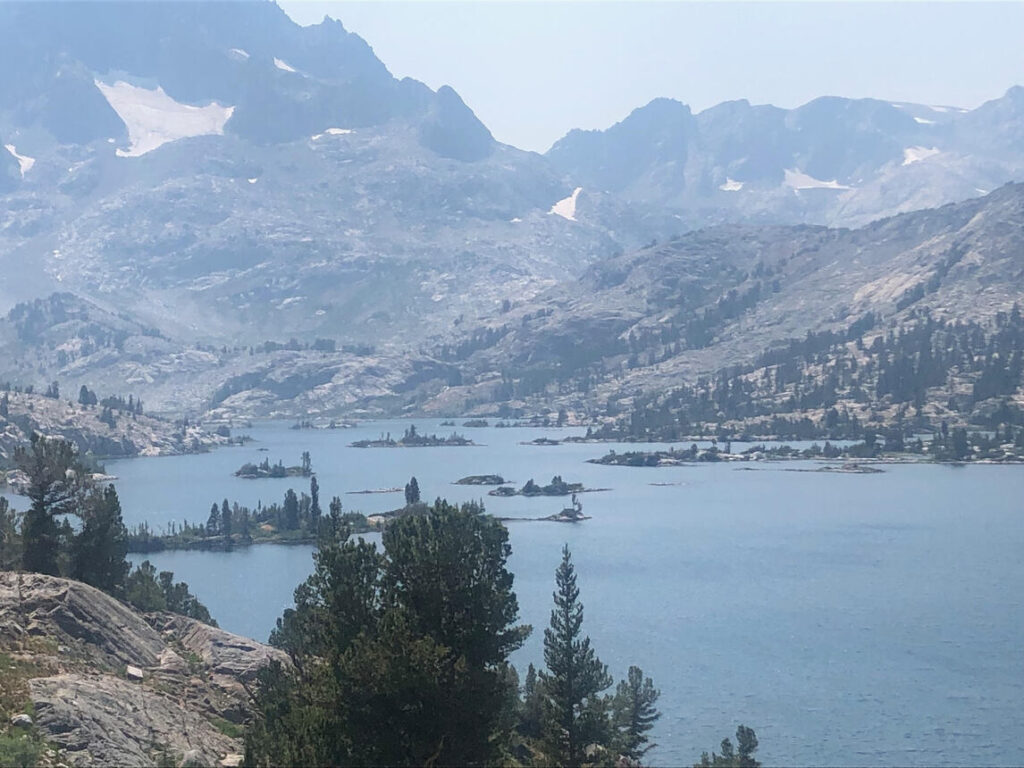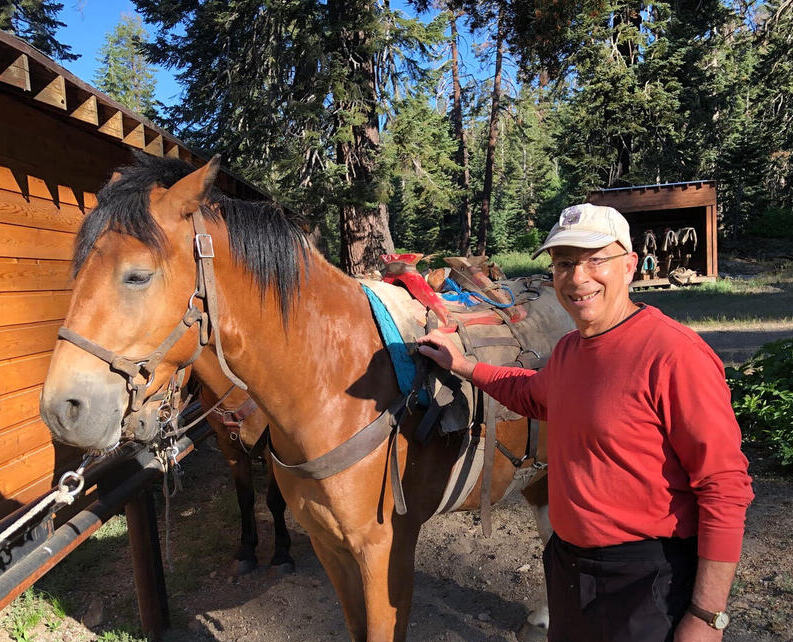I’ve been learning a lot about my own patterns and assumptions about doing too much since writing the book Less: Accomplishing More By Doing Less. At times I consider myself to be a “Less failure” — that is, despite my best intentions and aspirations, it’s difficult not to be swept up in our culture of busyness and of doing more. Aspiring to do more, when it comes to solving important problems and helping others can feel and appear as only positive. It can be challenging to focus, prioritize, and put our time and energy into what matters most.
I find that it helps to be more specific when it comes to doing less and be more clear about how to think about and practice doing less. Thus I’ve been writing about the practices of less fear, less assumptions, less distractions, less resistance, and less busyness.
Recently I had the privilege of practicing less busyness – no meetings, no appointments, little to accomplish — and have noticed that this is a great starting point for doing less in all the other areas. I spent a week of hiking and camping in the Eastern Sierra Mountains. There is something magical and revitalizing about being surrounded by ancient volcanic cliffs, cool glacier streams and lakes, and for the major decisions of the day to be where to hike and what meals to cook. Here are some photographs of Lake Ediza, Garnet Lake, and Mount Ritter and Banner in the background.
I spent this time with two close friends, walking, preparing meals, swimming in a nearby river, and discussing a variety of questions and issues. A theme that emerged was – what do you want to do; what do you want to accomplish during the next several years? Interesting and surprising to feel how the combination of the mountains and the spaciousness opened up more depth, clarity, and creativity in envisioning our futures and exploring what matters most.
How do you create the space to reduce busyness and find more clarity and depth in your life?
There is an expression from Buddhism that says that at first mountains are mountains. Then, mountains are not mountains. And, finally, mountains are mountains.
Despite what appears cryptic at first, this expression is saying that it is easy to be caught by the ordinary world of our habits and patterns of busyness, and to not even notice. We believe that non-stop busyness is just the way things are — mountains are just mountains. There is nothing we can do.
Then, something happens, and we notice that change is needed, perhaps essential. We aspire to shift from the world of habits and busyness to a world of curiosity, appreciation, love, and compassion. We begin to practice mindfulness and meditation. This noticing and transformation is described as mountains are not mountains. Then we re-enter our ordinary worlds of relationships and work, changed. In this third stage we have a different relationship with busyness. We are more accepting, present, and alive. This is the practice of returning, changed, to the ordinary world of mountains are mountains.
I hope you will explore the practices of less. Especially less busyness, starting by noticing the choices you make and your habits and patterns are being busy. Whether in the mountains, at work, or with your friends and family, explore and experiment with less busyness, fears, assumptions, distractions, and resistance. See if this leads to more clarity, depth, understanding, and joy.

